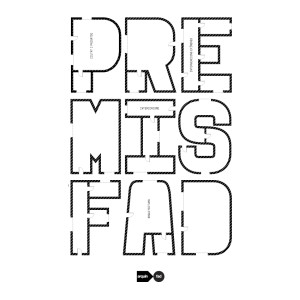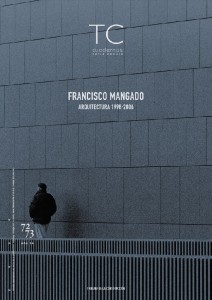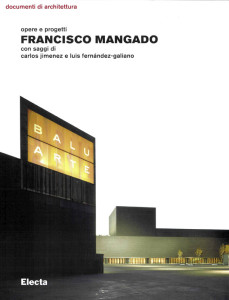Restaurant La Maduca+
1997-1998
Azagra. Navarra-Spain
From the start there was something poignantly coincidental about the proposal and its development. The owner, a friend of mine, had in a town of southern Navarre inherited a farm shed from his father, actually a warehouse in poor state of preservation where an old tractor was kept. The existing construction stood outside the urban core of Azagra, surrounded by similar constructions that looked so desolate as to make it hard to imagine a quality construction on the site possible. The owner, a sensitive and highly determined person, had found an old cellar of concrete and bricks beneath the shed, underground. This space, adequately transformed and ‘conditioned’ in his imagination, became the seed of entrepreneurial ‘fantasies’ of building a haute-cuisine restaurant.
It was this insistent dream that transformed certain initial reservations into a work process that in the best of cases must be considered surprising. The place, previously frowned upon, presented itself as something suggestive, and by progressively revealing itself it went from apathy and a seeming absence of attributes to being a crucible of surprises and suggestions. Besides retrieving the underground space for a new use, it was necessary to raise a building above ground that would lead into the cellar and in itself play a significant role in the intervention.
This large access space incorporates suggestions of high architectural content. On the outside, a plastic and visual relationship is generated by the contrast that is set between the abstract composition of the access facade and the natural backdrop of rocks. Inside, the courtyard, besides bringing in light, recalls the topographical reality behind the project, while enhancing the interior space, built entirely with large wooden boards.
Calle Navas de Tolosa, 100, 31560 Azagra, Navarra, España



